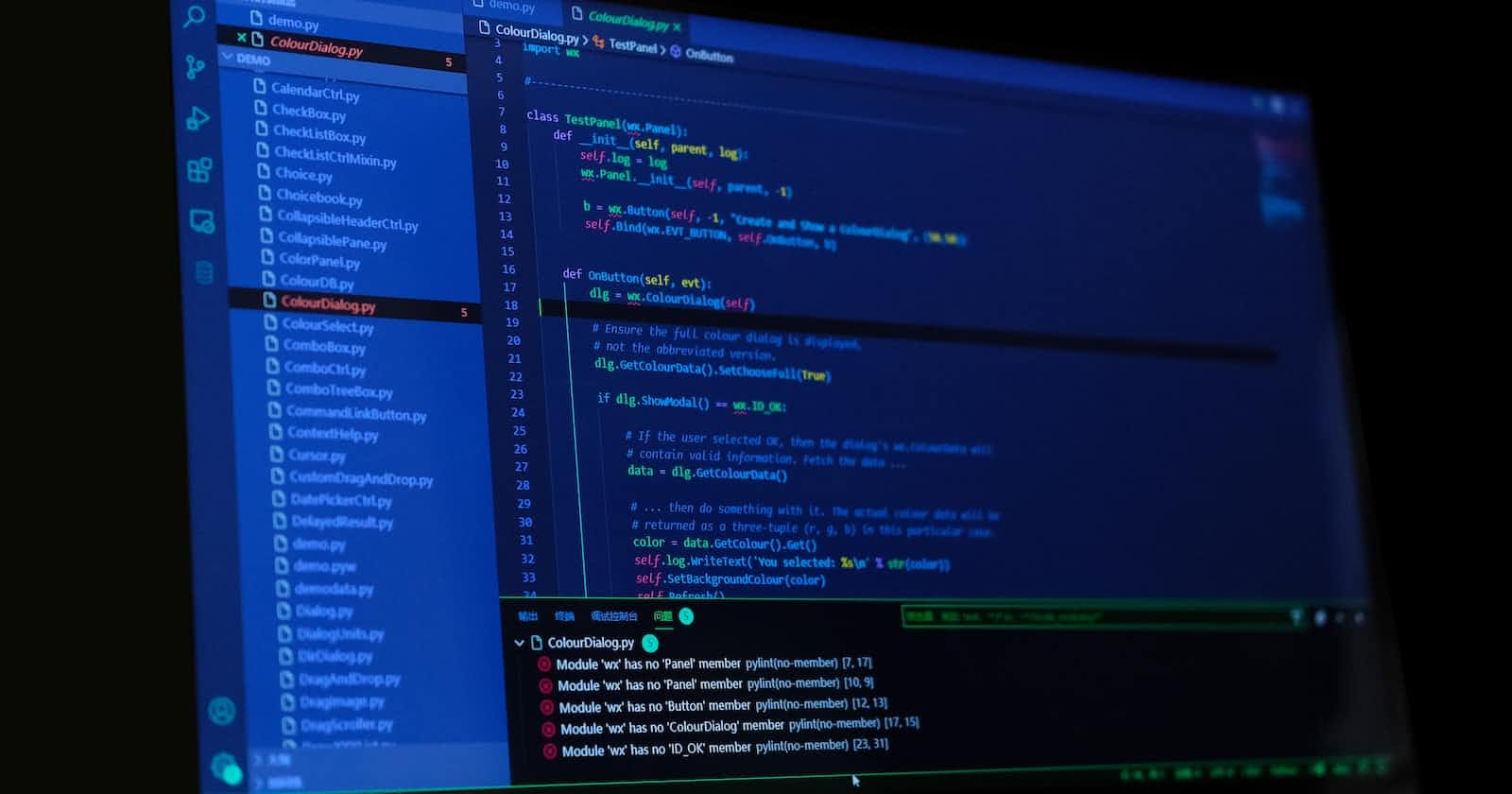Should build your own MQTT broker? What are its pros and cons?
There are many MQTT brokers available in the market, both open source and commercial. These brokers offer different plans to users.
MQTT (Message Queuing Telemetry Transport) is a common protocol for IoT (Internet of Things) applications. It allows devices to communicate with each other and with cloud services using a publish/subscribe model. In this model, devices (or clients) send messages (or publications) to topics, and other devices (or subscribers) receive those messages if they are interested in those topics.
A key component of MQTT is the broker, which is a server that manages the topics and delivers the messages between clients. The broker also handles authentication, authorization, security, quality of service, persistence and scalability.
There are many MQTT brokers available in the market, both open-source and commercial. Some examples are Eclipse Mosquitto, HiveMQ, EMQ X and AWS IoT Core. These brokers offer different features, performance, reliability and pricing.
But what if none of these brokers meet your specific needs? What if you want to have more control over your data, customize your broker's functionality or integrate it with your existing infrastructure? In that case, you might consider building your own MQTT broker.
Pros of Building Your Own MQTT Broker
Building your own MQTT broker can have some advantages over using an existing one:
You can tailor it to your exact requirements and preferences. For example, you can choose which protocol versions, quality of service levels or message formats to support. You can also add custom logic or extensions to handle specific use cases or scenarios.
You can optimize it for your expected workload and performance goals. For example, you can fine-tune the broker's configuration parameters such as memory usage, concurrency level or message queue size. You can also use specialized hardware or software tools to improve the broker's efficiency or throughput.
You can ensure the security and privacy of your data. For example, you can encrypt all communications between clients and the broker using TLS (Transport Layer Security). You can also implement your own authentication and authorization mechanisms using modern protocols such as OAuth (Open Authorization). Moreover, you can store your data on-premise or on a cloud provider of your choice.
You can reduce costs in some cases. For example, if you have a small number of devices or messages per month, building your own broker might be cheaper than paying for a commercial service. You can also leverage existing resources such as servers or databases that you already have.
Cons of Building Your Own MQTT Broker
However, building your own MQTT broker also comes with some challenges and drawbacks:
You need to invest time and effort into developing and maintaining it. For example, you need to write code for implementing the MQTT protocol specification correctly and robustly. You also need to test it thoroughly for functionality, security and performance issues. Moreover, you need to keep it updated with new features, bug fixes and security patches.
You need to deal with scalability and reliability issues. For example, you need to design your broker to handle high volumes of concurrent connections and messages without losing or delaying any data. You also need to ensure your broker's availability and fault tolerance by implementing backup, replication, load balancing and monitoring strategies.
You need to comply with legal and regulatory requirements. For example, you need to follow data protection laws such as GDPR (General Data Protection Regulation) or CCPA (California Consumer Privacy Act) if you collect personal information from users. You also need to adhere to industry standards such as ISO 27001 (Information Security Management System) or IEC 62443 (Industrial Communication Networks - Network And System Security) if you operate in critical sectors such as energy or healthcare.
Conclusion
Building your own MQTT broker can be a rewarding but challenging endeavor. It requires careful planning, research, development, testing, deployment and maintenance activities.
Before deciding whether to build or not build your own MQTT broker, you should weigh the pros and cons carefully and consider factors such as:
Your project's scope, goals and budget;
Your technical skills, resources and tools;
Your expected workload, performance and reliability requirements;
Your data security, privacy and compliance obligations;
Your available alternatives,
options and trade-offs. Ultimately, the choice depends on what best suits your needs and preferences.


